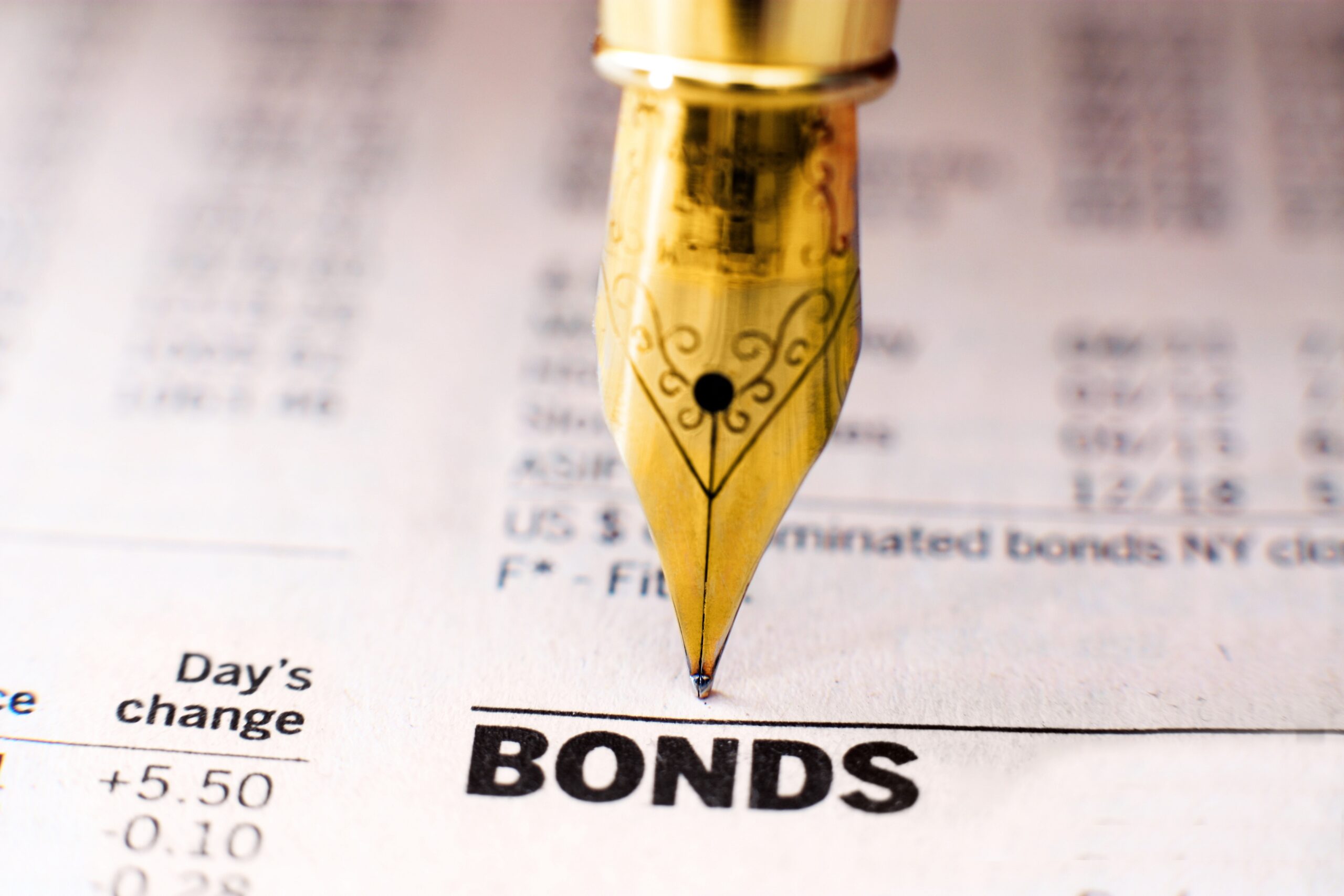Matt Schaller MBA, CFA®, CFP® | Advisor
During the past few weeks, several clients have asked the question, “Why are my bond investments losing money?” They were surprised to see the results of their bond portfolio over the last year.
I understand why investors are perplexed. It’s no secret inflation, high gasoline prices and the war in Ukraine are causing stock market volatility. However, most investors view bonds as the safe part of their portfolio. While they are generally less volatile than stocks, rising interest rates are causing bond yields to increase. When yields rise, the price of a bond will drop.
Here’s an example of how this works.
Let’s say one year ago a person bought a $1,000 corporate bond from a company which yields 1 percent annually. One year later, rates have risen and the same company issues new bonds for $1,000 with a yield of 2.5 percent and this makes the older bond less attractive. If the holder of the older bond wants to sell it, they would have to take a loss since any buyer will want a 2.5% yield.
As the Federal Reserve moves to fight inflation, interest rates are expected to continue to climb for the next several months and possibly into 2023. While there are no magic bullets to quickly reverse the performance of an investor’s bond portfolio, here are three moves for investors to consider.
A Different Bond Buying Strategy
When the Federal Reserve cut interest rates to near 0 percent overnight two years ago to offset the impact of the COVID-19 crisis, we advocated investing in bond funds and decreased our investment in individual bonds where it made sense. We did this because the bonds in those funds were already providing higher yields than if we had purchased individual bonds.
Now, as rates have started to rise, the reverse could make sense. Investors may look to replace these bond funds with individual bonds which have a better yield since the funds now hold bonds with lower yields.
As part of this strategy, investors can look to purchase short-dated bonds that will mature within a few years. While bonds with longer maturity dates – such as 10+ years – often have higher yields, the increase isn’t all that much (because of what is called a flat yield curve). For investors expecting rates to rise, the longer-dated bonds will be hit hardest if rates do rise.
Building a Bond Ladder
The second strategy we used was a bond ladder to provide a steady performance over a longer period. Think of each bond as one of the rungs on a ladder. Once a bond matures, its proceeds are reinvested in a new bond that has a higher yield.
Here’s a hypothetical example of the potential benefit of the bond ladder for an individual investor:
A retiree may want to hold 7-10 years of their cash flow needs in safe assets, to do this they can use a mix of bonds and cash. If the retiree spends $200,000 annually, they may look to target between $1.4 and $2 million in this bucket.
To achieve this goal, purchasing individual, shorter-term bonds can maintain flexibility to invest in attractive yields. As the short-term bonds mature, it may be possible to reinvest with longer-dated bonds with better yields if rates have risen. This approach enables the retiree to live off these safe assets for their targeted time period, without needing to dip into the rest of their portfolio which consists of stocks or other investments.
As a result of this strategy, the shorter-term volatility of the equity markets often means much less to the retiree. While there is both an art and a science to managing the balance of increasing the portfolio value and meeting the retiree’s future needs, it is comforting to many retirees to know that, in a down market, it could be several years before they even need to look to that part of their portfolio for living expenses.
Bond Losses Have One Other Benefit
As investors begin the process of selling bond funds, there is one benefit. Most bond funds purchased in the last five years have likely declined in value. Investors holding them in a taxable account, the investor can use the loss from the sale to offset part of their tax bill. This is called tax-loss harvesting.
By selling an investment that is a loss, a person can reduce their capital gains taxes and potentially offset up to $3,000 in ordinary income. The money from the sale of the bond fund is then reinvested in a different security – in this case, an individual bond – that meets the investor’s financial goals. Therefore, an investor can not only get a tax benefit, they can also lock in a better yield – a win-win.
Despite losses in 2022’s first quarter, bonds have an important role to play in nearly every investor’s portfolio. While each person has different needs and goals, they can work with their advisor to develop a bond strategy generating steady returns over the long term, providing the security any investor needs.
A version of this article ran in Kiplinger, Yahoo! Finance and Nasdaq.
© 2022 Moneta Group Investment Advisors, LLC. All rights reserved. These materials were prepared for informational purposes only based on materials deemed reliable, but the accuracy of which has not been verified. This is not an offer to sell or buy securities, nor does it represent any specific recommendation. These materials do not take into consideration your personal circumstances, financial or otherwise. The information contained herein is subject to change and is not intended to be comprehensive or exclusive. You should consult with an appropriately credentialed professional before making any financial, investment, tax or legal decision.



